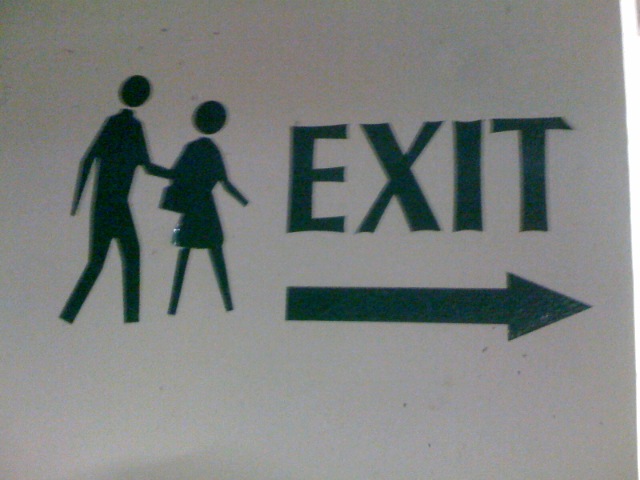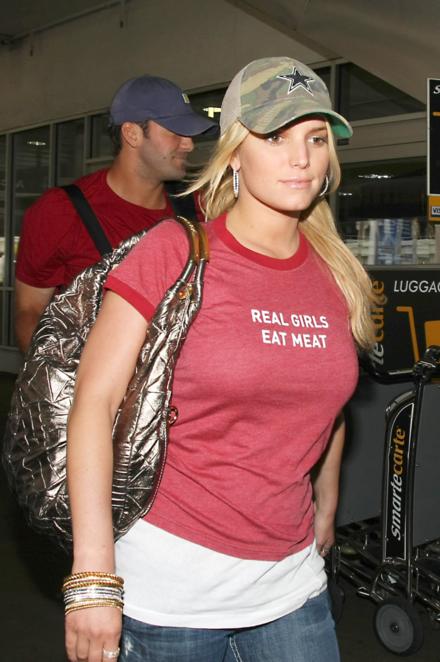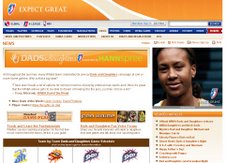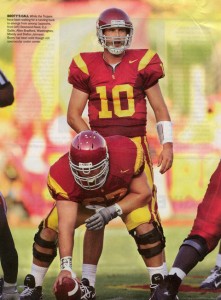More proof that complaining works or, as I prefer to say, the squeaky wheel gets the grease (you haven’t forgotten the Obama sock monkey and the sex target yet, have you?). The commercial below was set to run in the U.K. for five weeks, but has been pulled due to complaints that a guy-on-guy smooch forces parents to talk to their children.
[youtube]https://www.youtube.com/watch?v=6sgNg_2eM38[/youtube]
Remember Ellen, though? And look what happened to her!
Via AdFreak.
Lisa Wade, PhD is an Associate Professor at Tulane University. She is the author of American Hookup, a book about college sexual culture; a textbook about gender; and a forthcoming introductory text: Terrible Magnificent Sociology. You can follow her on Twitter and Instagram.






